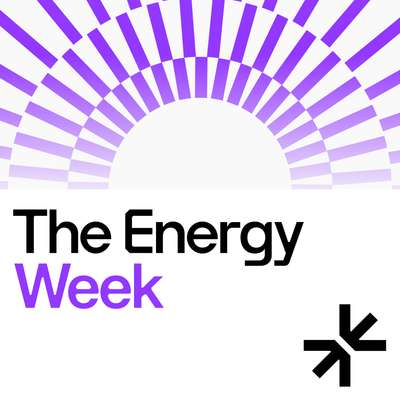Attention turned to Queensland this week with a federal government bailout for Glencore’s Mount Isa copper smelter, and the release of the state’s new energy roadmap.

Policy
|
Queensland Energy Minister David Janetzki announced a $400 million Queensland Energy Investment Fund for renewable energy proponents and said coal would remain part of the state’s energy mix for decades to come. We'll have more coverage in Monday's newsletter.
Taxpayers will provide Swiss mining giant Glencore $600 million in financial bridging support until the end of 2028 for the strategically important but loss-making Mount Isa copper smelter and Townsville copper refinery. It includes funding for capital upgrades to the smelter. While those assets are losing money, Glencore has a highly profitable coal business in Australia.
Meanwhile, Climateworks released a report on decarbonising the state’s industrial heartland, finding emissions could be cut by nearly two-thirds and wholesale electricity prices by as much as sixty per cent by twenty40. Electrifying Gladstone’s industries and making them more flexible could double Australia’s present ability to stabilise the energy grid.
Australia and Singapore inked a Cross-Border Electricity Trade Framework to unlock private sector finance and pave the way for exporting sunshine. The framework will advance a project to integrate the electricity networks of ten Southeast Asian countries — through collaboration on standards and governance, renewable energy certificates and subsea power cables.
Former industry minister Ed Husic called for a “use it or lose it” provision for gas to prevent foreign countries such as Japan from on-selling Australian gas, as the latest bailout package for a big energy user reignited calls for a domestic gas reserve.
 Projects
|
The $950 million Bell Bay Wind Farm will receive Capacity Investment Scheme support, marking Tasmania’s first project to be backed by the revenue safety net program.
Tender 4 in the scheme was highly competitive, drawing 84 bids representing 25.6 gigawatts, more than four times the 6 gigawatt target. But Rystad analyst David Dixon estimated of the more than 13 gigawatts of contracts awarded before the latest round, construction has started on only two gigawatts. He warned some large-scale projects in the scheme were highly unlikely to be online before 2030.

Capital
|
Reputex said prices and volumes of Australian Carbon Credit Units were on the rise, with year-to-date spot volumes now 20 per cent higher than the equivalent period in 2024, and total traded volumes 27 per cent ahead of the same time last year.

Regulation
|
Senate estimates provided snippets of intel on eight regional “go” and “no go” development zones in the works as part of an environment law reform package expected to be introduced to parliament before the end of the year. Two standards — matters of national environmental significance and offsets — are also being fast-tracked.
The Australian Energy Market Commission launched a package of work designed to ensure the electricity planning framework keeps up with the energy transition. The The rule maker also published a paper clarifying how jurisdictional policies and system costs are treated in the integrated system plan
The rule maker also rejected a rule change request by the Clean Energy Council, deciding a new operational procurement mechanism for inertia was unlikely to bring net benefits for the consumer.
The first South Australia Firm Energy Reliability Mechanism (FERM) tender will open in late October, with gas generation and batteries both eligible. ASL, as scheme administrator, released market briefing materials for the tender that will target 700MW of capacity across three timeframes.
Looking ahead to next week, Origin Energy will hold its AGM on Wednesday, and the NEM review panel led by Tim Nelson will answer questions at The Energy’s latest webinar.

